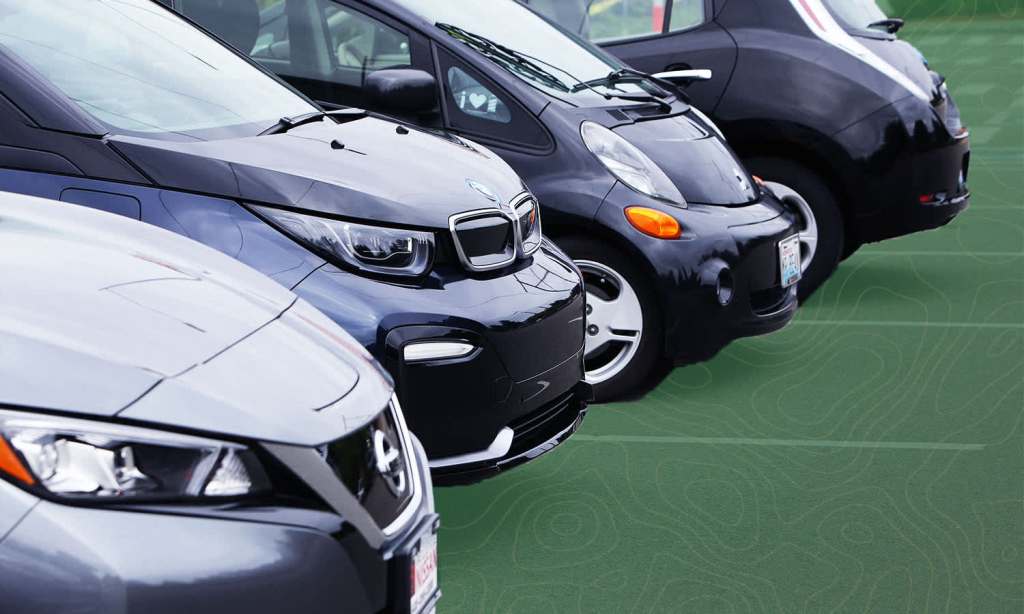Petrol prices are reaching close to historical all-time highs in Australia. If the numbers on the bowser (which means petrol pump and not the bad guy from Mario) have got you feeling a little light-headed recently, you might be wondering just how much better off you’d be with an electric vehicle.
Granted, electric vehicles or EVs have problems of their own. The initial start-up cost is more expensive than a gas-guzzling auto and the infrastructure to support them is lacking. However, in the long run, EVs are likely to work out much cheaper in both fuel and maintenance costs.
So, if you’re wondering how you can get in on the ride of the future for the smallest down payment, here’s our guide to going green on the cheap.
Electric Car Costs
Okay, so first of all, an electric car is not just an electric car. You’ll need a way to charge it up and keep it ready to roll.
While you can simply plug your car straight into the wall, this may not cut it for most users. It will charge your car, but it can take anywhere from 4 to 48 hours to do so fully, depending on the battery you have.
Most people go for a dedicated ‘fast charger’. These are devices that amp up the output from your mains and decrease charging time dramatically. They come in a range of power options, from 7.2 kilowatts to 22 kilowatts. At the lower end of that scale, a fast charger will set you back around $900 to $1500 plus installation. At the upper end, you could be looking at anywhere from $1000 to $3000 plus labour.
The good news is that many manufacturers will offer free installation when you purchase an EV, but the cost of a charger is definitely something you’ll need to factor in.
In terms of ongoing running costs, EVs will typically run you sub $10 for a full battery when you charge it at home, depending on the battery you have and the price you pay for electricity.
One Brisbane family has managed to run their Tesla for around $550 a year by partially using solar panels to charge it. They estimate that it costs them about $1 for every 100km they drive which is pretty damn good.
Because EVs have fewer moving parts to deal with, they also have much lower maintenance costs. Sure, you’ll still have to get new tires and wiper blades every so often, but there are simply fewer mechanical parts meaning fewer trips to the mechanic. This has huge potential to offset running costs compared to petrol or diesel vehicles.
Cheapest EVs in Australia
Okay, onto the cars themselves. EVs are, as a rule, more expensive than fossil fuel runners, particularly if you’re buying those second-hand. However, the price of EVs is expected to drop, although not for a while.
EV consultant Bryce Gaton has said that it will still take a few years before we start to see costs come down, and six to seven years before they start getting what could reasonably be considered “cheap” for a vehicle.
The current cheapest EV it’s possible to buy new is the MG ZS. That retails for $44,990 to $49,990. It could be cheaper if you’re able to track down a demonstration model, but this is basically the entry mark for EVs in Australia. Thankfully, most EVs at the cheaper end of the scale stay at around this price point, meaning there’s not much between them if cost is your deciding factor.
The 2020 MG ZS model is the cheaper option, but it only comes with a 44.5kWH battery. That will get you around 263kms of driving on a single charge. The 2021 model has a 320km range from its upgraded 51kWh battery. As they’re the cheapest, they’re also particularly hard to track down from dealers at the moment.
Next, you have the Chinese BYD Atto 3 which is similarly priced to the MG. It’s a small SUV vehicle with a 50.1kWh battery that goes up to 60.1kWh for the Extended model. They retail from between $44,990 to $48,990 depending on your state of purchase. The BYD Atto 3 is currently taking orders and will be imported by EVDirect.
The Hyundai IONIQ, and the Nissan Leaf come in at roughly the same drive-away cost, again depending on your state and the dealership, at around $54,990. The IONIQ has the smaller battery, at 38.3kWh, while the Leaf has a 40kWh battery, giving you about 70ks more driving range off a single charge. The Leaf used to be the countries most affordable EV but hasn’t been able to keep up with the market and retails for not much less than it did a decade ago
Finally, you’ve got the Hyundai Kona, which goes for just under $60,000 but is a fully-fledged SUV. The Extended option comes with a 64kWh battery which will get you 484kms of driving range but it does make the car about $10,000 more expensive.
It’s worth remembering that many states offer EV rebates, with NSW, QLD, VIC, and SA offering $3,000 back off the cost of a new EV. There are also registration and tax incentives so it’s worth looking into what you could save in your local jurisdiction.
Read more stories from The Latch and subscribe to our email newsletter.







